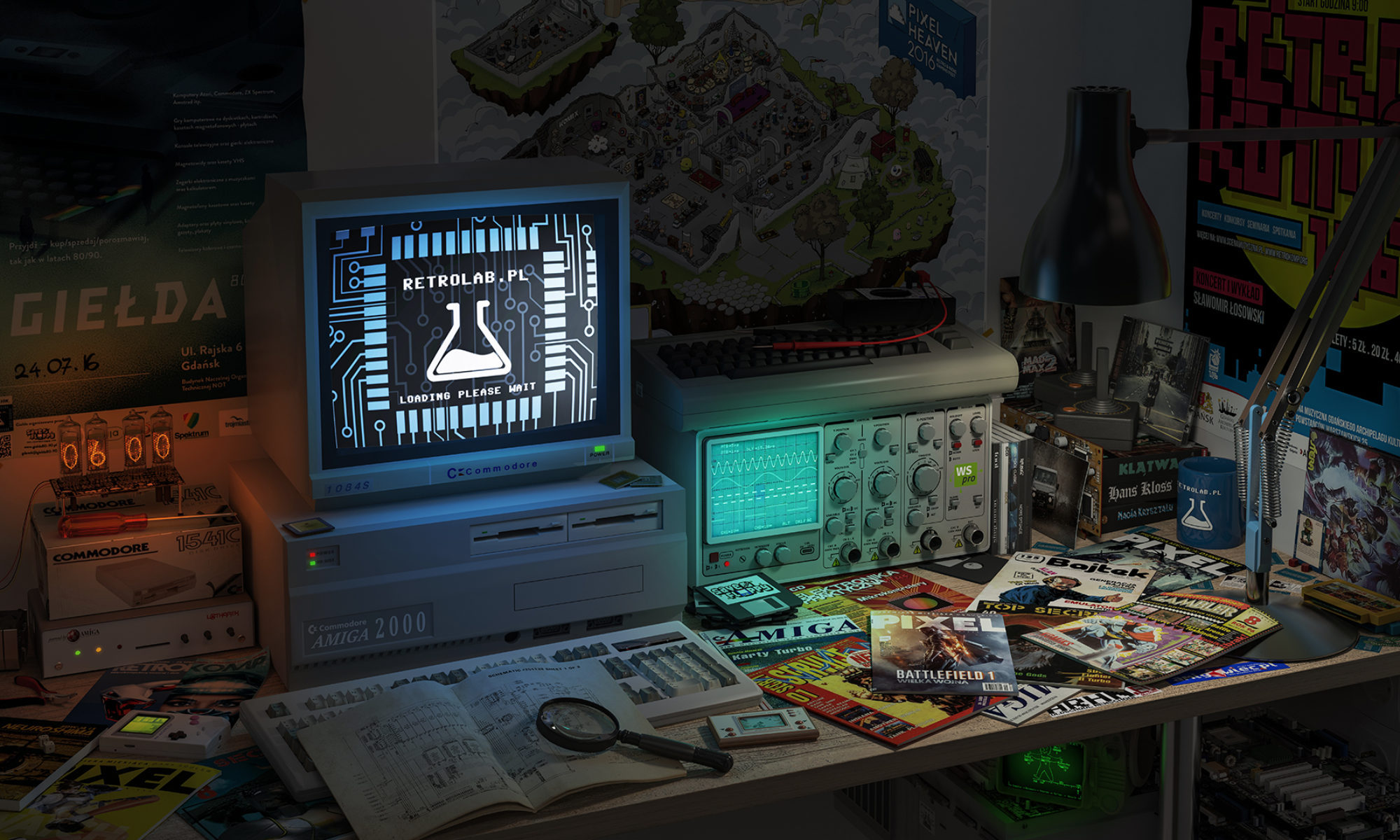Rupert Sheldrake a Biologist who introduced this theory during the 1970’s at Cambridge, mentions that we don’t store our memories in our head but within a field around us allowing access to instinctual memory across the lifespan of ourselves and that of our family members. This process of memory transference is known as morphic resonance.
Sheldrake dives into detail describing that memory is not usually stored physically, as our brains act more like TV receivers than video recorders, tuning into influences from the past and possibly the future. Therefore biological inheritance may not be coded directly into our genes as much of it depends on the morphic resonance from previous members of our species. This could explain the basic instincts passed on to offspring of every species.
Thus each individual inherits a collective memory from past members of the species, and also contributes to a collective memory, affecting other members of the species in the future.
If our memories are stored in a cloud computing metaphor then we can better understand Alzheimer’s disease which reduces the capacity of a person to function with a broken memory. Scientists are treating the direct rejuvenation of damaged neurons of the brain and if morphic resonance were correct we could cure Alzheimer’s by finding a way to strengthen the antennae in the brain that receives functional memories sustaining ourselves into our old age.
All things considered we still have a large percentage of junk DNA. And modern science cannot explain the wasted energy needed to hold onto this over the years. However could this vast library of unaccounted genes be the receivers needed to unlock the powers we have hidden in our subconscious mind?


You are so cute.
I don’t have the slightest idea